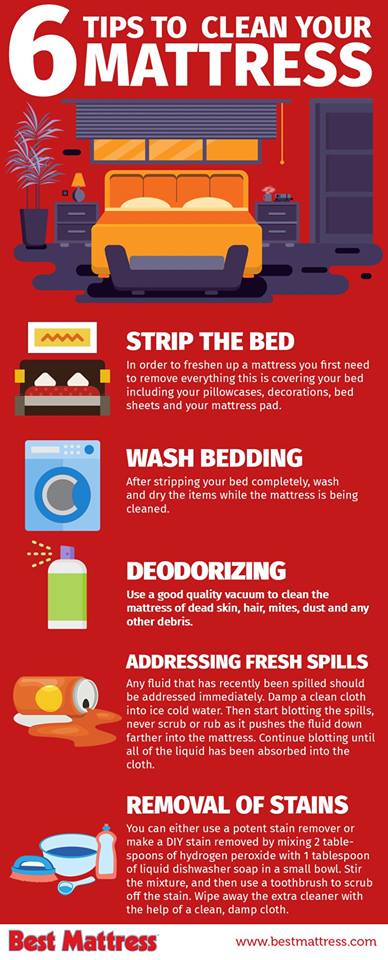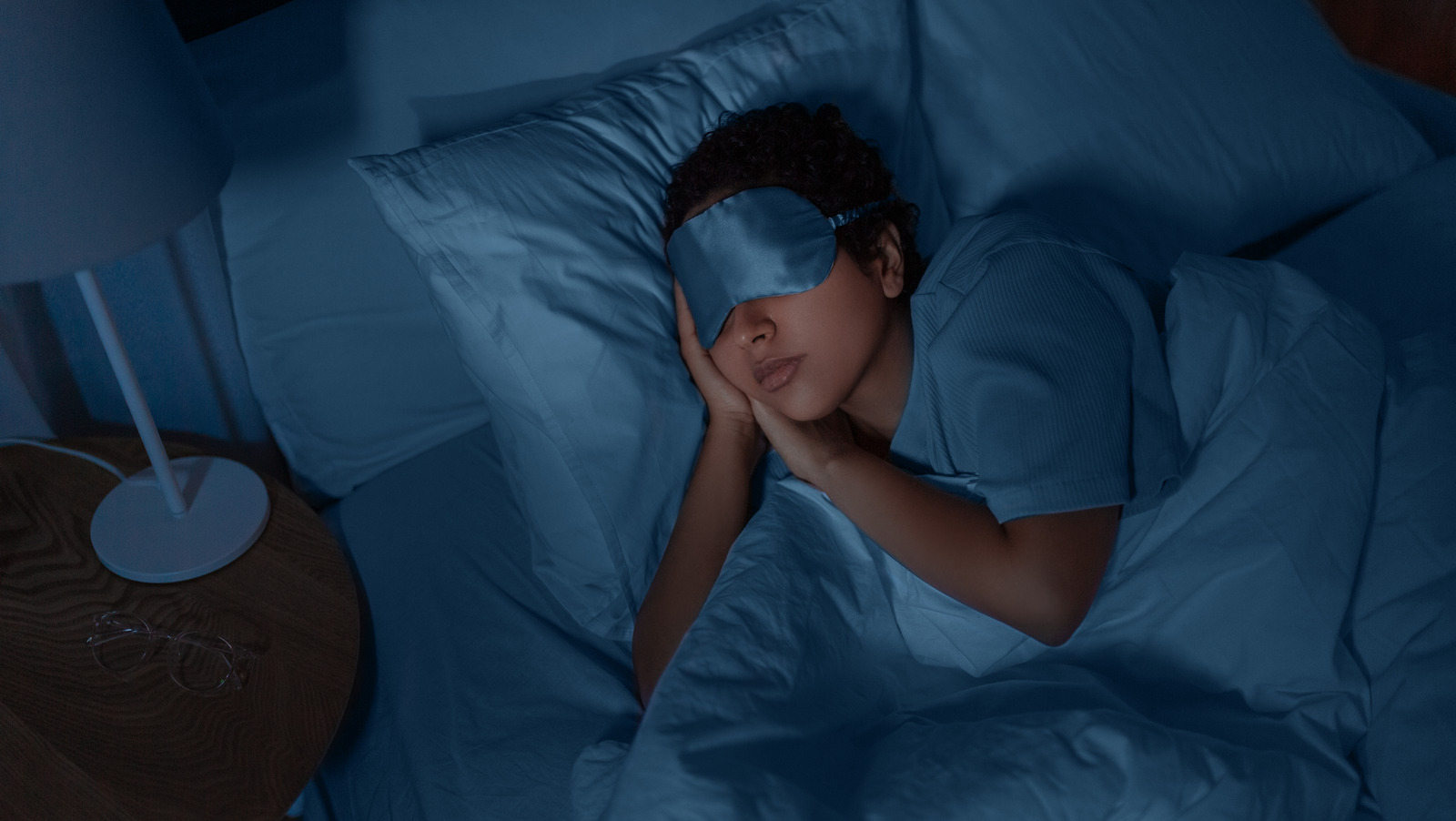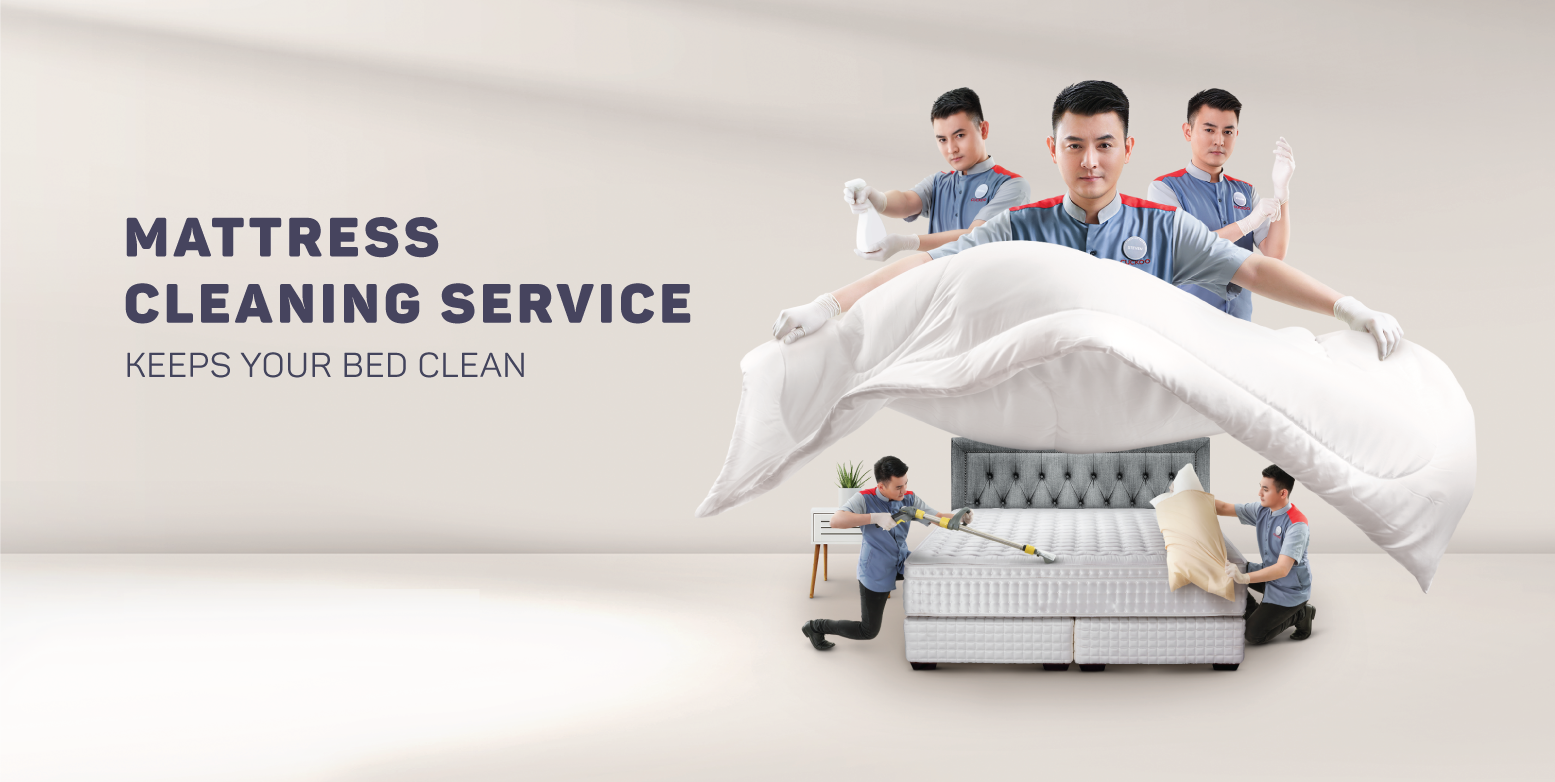When it comes to protecting your bed and ensuring a comfortable sleep, two common options are mattress protectors and underlays. While both serve a similar purpose, there are key differences between the two. Understanding these differences can help you choose the right option for your bed.What is the difference between a mattress protector and an underlay?
Before diving into the specifics, it's important to know that both mattress protectors and underlays offer unique benefits. The best option for your bed depends on your personal preferences and needs.Mattress protector vs underlay: Which one is better for your bed?
A mattress protector is a thin layer of material that is placed on top of your mattress to protect it from spills, stains, and general wear and tear. It acts as a barrier between your body and the mattress, extending its lifespan and keeping it clean. On the other hand, an underlay is a thicker layer of material that is placed underneath your fitted sheet. Its main purpose is to provide additional padding and support to your mattress, making it more comfortable to sleep on.Understanding the purpose of a mattress protector and an underlay
One of the main benefits of using a mattress protector is its ability to protect your mattress from spills and stains. This is especially beneficial for those who have young children or pets. A mattress protector also helps to keep your mattress clean and hygienic, as it can be easily removed and washed. Additionally, some mattress protectors come with added features like waterproofing, hypoallergenic materials, and cooling properties, making them a more versatile option for different needs.Benefits of using a mattress protector over an underlay
While a mattress protector focuses on protection, an underlay is all about adding comfort to your bed. If your mattress is too firm or uncomfortable, an underlay can provide additional cushioning and support, helping you get a better night's sleep. Moreover, underlays are available in various thicknesses and materials, allowing you to customize the level of comfort and support you need for your mattress.Why an underlay may be a better option for some people
Both mattress protectors and underlays are available in a range of materials, each with their own unique benefits. Some common materials used for mattress protectors include cotton, polyester, and bamboo. On the other hand, underlays are often made from memory foam, wool, or down alternative. When choosing between the two, consider the material that would best suit your needs and preferences. For example, if you tend to sleep hot, a bamboo mattress protector or a wool underlay can help regulate your body temperature.Comparing the materials used in mattress protectors and underlays
When deciding between a mattress protector and an underlay, it's essential to consider your specific needs and priorities. If you prioritize protection and easy maintenance, a mattress protector may be the better option. However, if you want to improve the comfort of your mattress, an underlay may be the way to go. You may also want to consider combining both options by using a mattress protector and an underlay together for ultimate protection and comfort.How to choose between a mattress protector and an underlay
In general, mattress protectors tend to be more affordable than underlays. This is because they are made with simpler materials and have a specific purpose. Underlays, on the other hand, can be made with more expensive materials and may offer additional features, making them pricier. However, the cost difference may also depend on the brand and specific features of each product. It's best to compare prices and features to determine the most cost-effective option for your needs.The cost difference between a mattress protector and an underlay
Yes, you can use a mattress protector and an underlay together. In fact, combining the two can provide the ultimate protection and comfort for your bed. The mattress protector will act as a barrier between your body and the underlay, keeping it clean and hygienic. Just make sure to choose a thinner mattress protector to avoid too much bulkiness on your bed.Can you use a mattress protector and an underlay together?
To ensure the longevity of your mattress protector and underlay, it's essential to follow the manufacturer's instructions for washing and maintenance. Generally, both can be machine-washed, but it's best to use a gentle cycle and avoid using harsh chemicals or high heat. If possible, it's also recommended to let your mattress protector and underlay air dry instead of using a dryer. When it comes to protecting your bed and ensuring a comfortable sleep, both mattress protectors and underlays can be valuable options. Consider your specific needs and preferences to determine which one would be the best fit for your bed. And don't forget to regularly clean and maintain them for optimal performance and longevity.Tips for maintaining and cleaning your mattress protector and underlay
Why You Need Both a Mattress Protector and Underlay for Your Bed
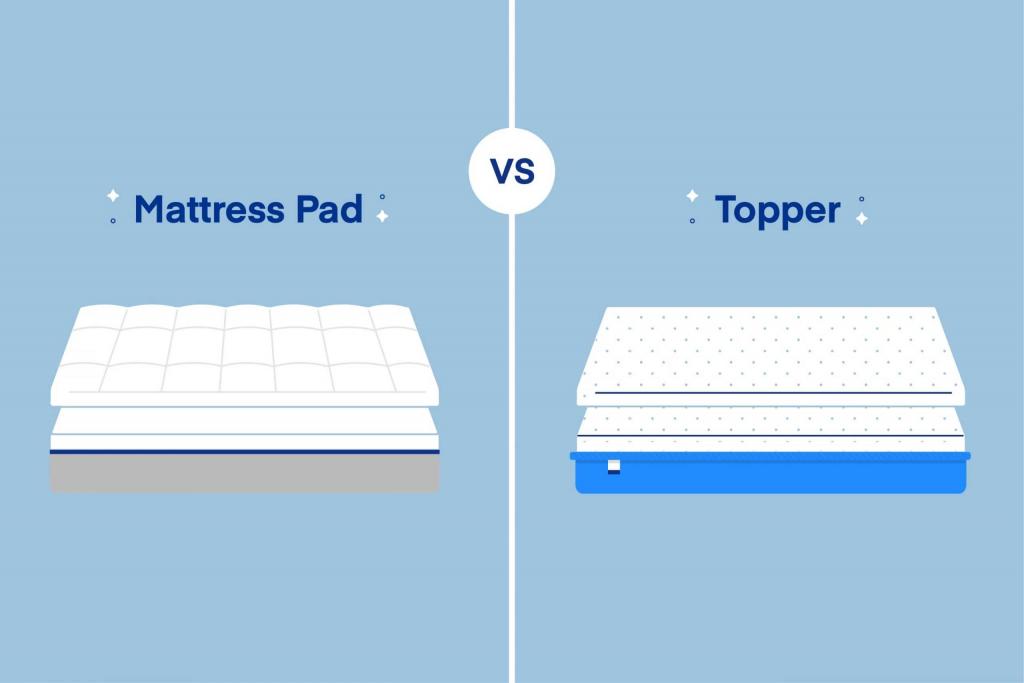
The Importance of Protecting Your Mattress
 When it comes to designing your bedroom, it's important to consider not only the aesthetics but also the functionality. One of the most important pieces of furniture in your bedroom is your bed, and specifically, your mattress. A good mattress can make all the difference in getting a good night's sleep, but it's also a significant financial investment. That's why it's crucial to protect your mattress from any potential damage.
Mattress protectors and underlays
are two essential items that can help prolong the life of your mattress. While they may seem similar, they serve different purposes and work together to provide the ultimate protection for your bed. Let's take a closer look at the differences between these two products and why you need both for your bed.
When it comes to designing your bedroom, it's important to consider not only the aesthetics but also the functionality. One of the most important pieces of furniture in your bedroom is your bed, and specifically, your mattress. A good mattress can make all the difference in getting a good night's sleep, but it's also a significant financial investment. That's why it's crucial to protect your mattress from any potential damage.
Mattress protectors and underlays
are two essential items that can help prolong the life of your mattress. While they may seem similar, they serve different purposes and work together to provide the ultimate protection for your bed. Let's take a closer look at the differences between these two products and why you need both for your bed.
The Role of a Mattress Protector
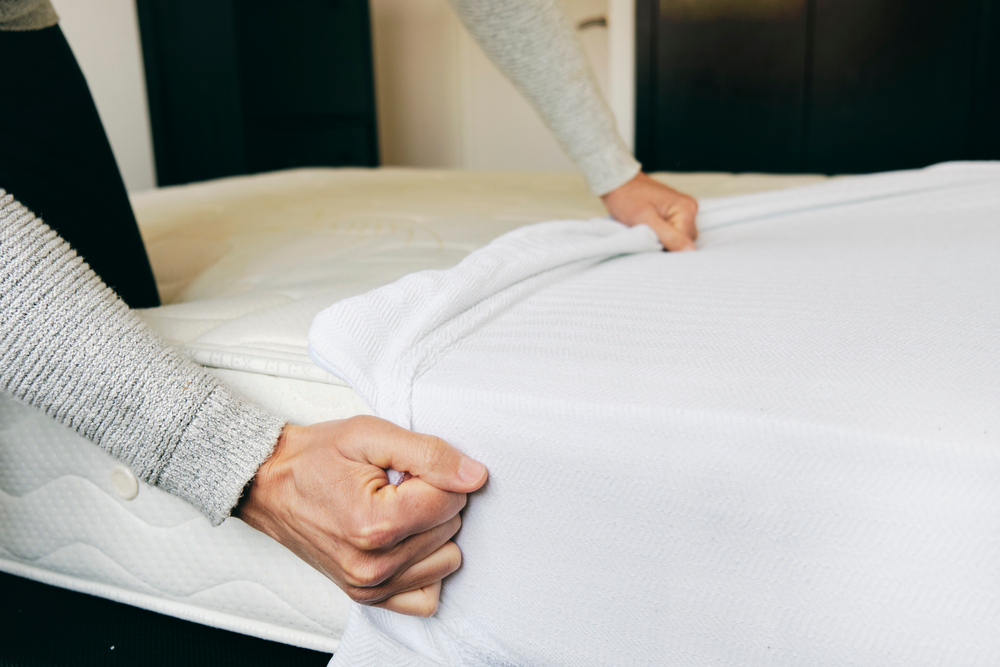 A
mattress protector
is a thin, fitted sheet that covers your mattress like a regular bedsheet. However, it's designed to add an extra layer of protection to your mattress. It acts as a barrier between your body and your mattress, preventing any spills, sweat, or bodily fluids from seeping into the mattress. This not only keeps your mattress clean and hygienic but also helps prevent the growth of mold, bacteria, and dust mites.
Moreover,
mattress protectors
also offer protection against wear and tear from regular use. They help keep your mattress free from stains, tears, and other damage. This is especially useful if you have kids or pets who may accidentally spill something on the bed. Instead of having to clean or replace the entire mattress, you can simply remove and wash the protector.
A
mattress protector
is a thin, fitted sheet that covers your mattress like a regular bedsheet. However, it's designed to add an extra layer of protection to your mattress. It acts as a barrier between your body and your mattress, preventing any spills, sweat, or bodily fluids from seeping into the mattress. This not only keeps your mattress clean and hygienic but also helps prevent the growth of mold, bacteria, and dust mites.
Moreover,
mattress protectors
also offer protection against wear and tear from regular use. They help keep your mattress free from stains, tears, and other damage. This is especially useful if you have kids or pets who may accidentally spill something on the bed. Instead of having to clean or replace the entire mattress, you can simply remove and wash the protector.
The Purpose of an Underlay
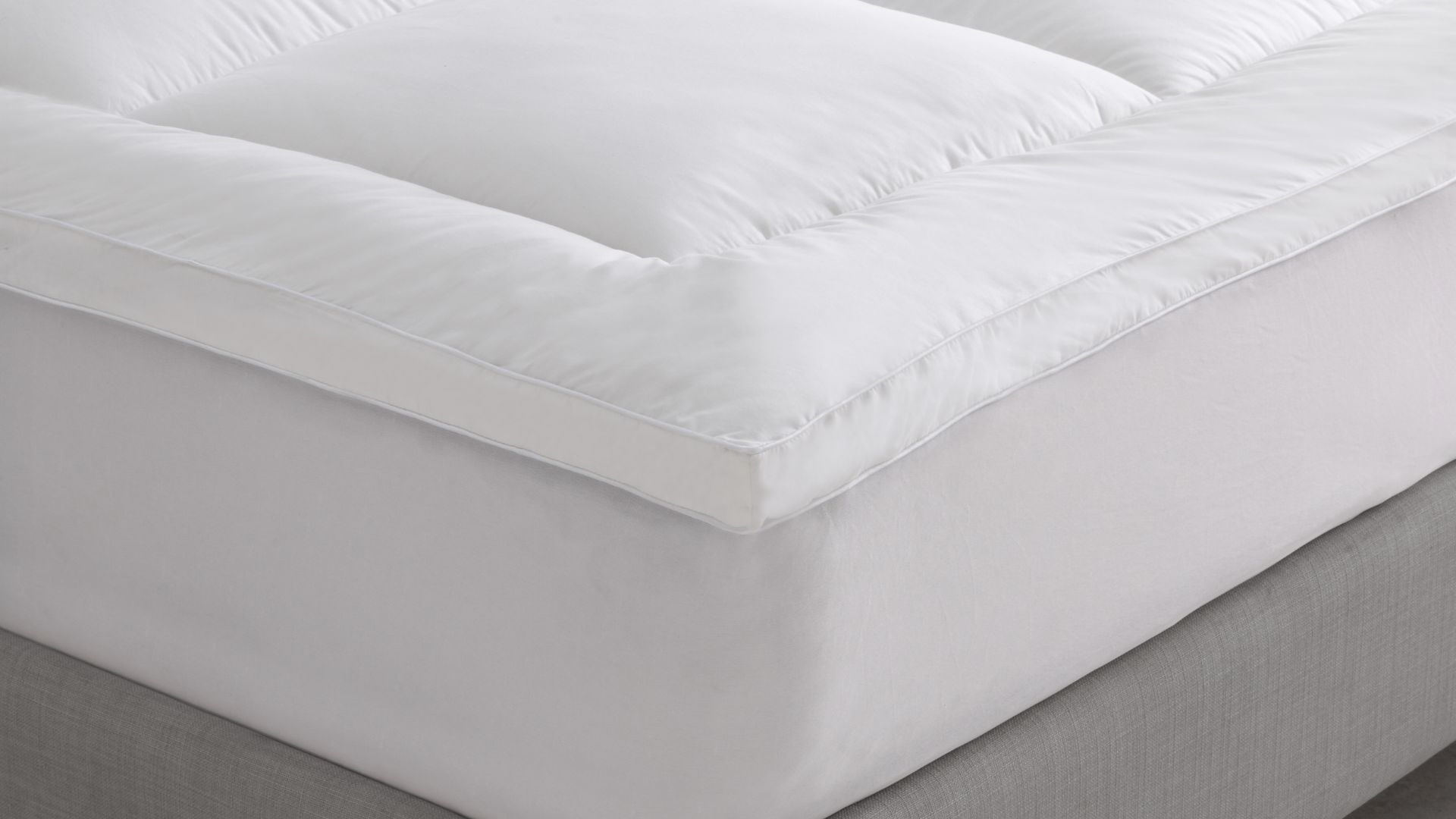 An
underlay
, also known as a mattress pad or topper, is a thick layer of padding that is placed on top of your mattress before putting on the sheets. Its primary purpose is to provide extra comfort and support while you sleep. Underlays come in various materials, such as memory foam, down feathers, or synthetic fibers, and can help improve the overall feel of your mattress.
In addition to adding a layer of comfort,
underlays
also provide an extra layer of protection for your mattress. They can help absorb any impact and pressure from regular use, preventing your mattress from sagging or developing lumps. Underlays also help distribute your body weight evenly, reducing strain on specific areas of the mattress and extending its lifespan.
An
underlay
, also known as a mattress pad or topper, is a thick layer of padding that is placed on top of your mattress before putting on the sheets. Its primary purpose is to provide extra comfort and support while you sleep. Underlays come in various materials, such as memory foam, down feathers, or synthetic fibers, and can help improve the overall feel of your mattress.
In addition to adding a layer of comfort,
underlays
also provide an extra layer of protection for your mattress. They can help absorb any impact and pressure from regular use, preventing your mattress from sagging or developing lumps. Underlays also help distribute your body weight evenly, reducing strain on specific areas of the mattress and extending its lifespan.
The Perfect Combination for Bed Protection
 As you can see, both
mattress protectors
and
underlays
play crucial roles in protecting your mattress. While a protector acts as a shield against spills and stains, an underlay adds an extra layer of comfort and support. Together, they provide comprehensive protection for your mattress, ensuring it stays clean, hygienic, and comfortable for years to come.
In conclusion, when it comes to
mattress protector vs underlay
, the answer is simple – you need both. So, when designing your bedroom, don't forget to invest in a good quality protector and underlay for your mattress. Your sleep and your wallet will thank you in the long run.
As you can see, both
mattress protectors
and
underlays
play crucial roles in protecting your mattress. While a protector acts as a shield against spills and stains, an underlay adds an extra layer of comfort and support. Together, they provide comprehensive protection for your mattress, ensuring it stays clean, hygienic, and comfortable for years to come.
In conclusion, when it comes to
mattress protector vs underlay
, the answer is simple – you need both. So, when designing your bedroom, don't forget to invest in a good quality protector and underlay for your mattress. Your sleep and your wallet will thank you in the long run.




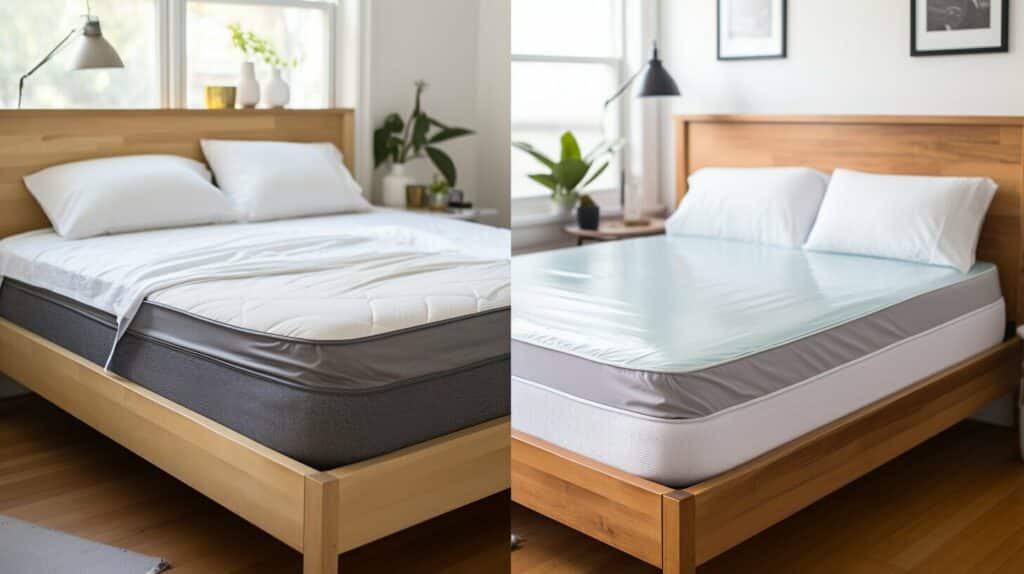



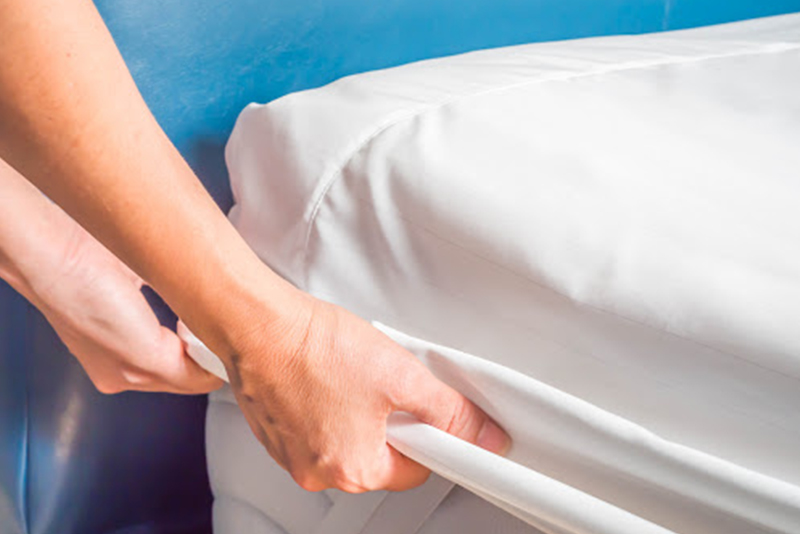
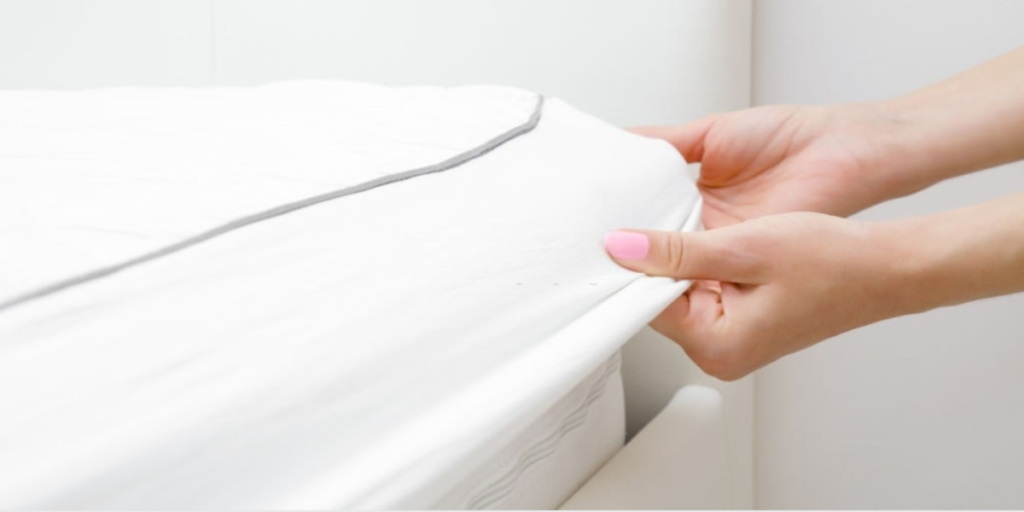




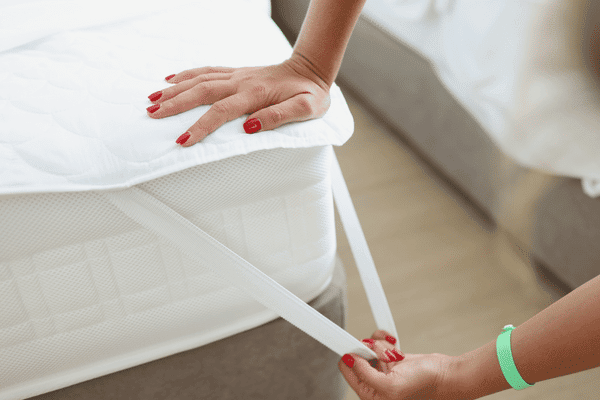
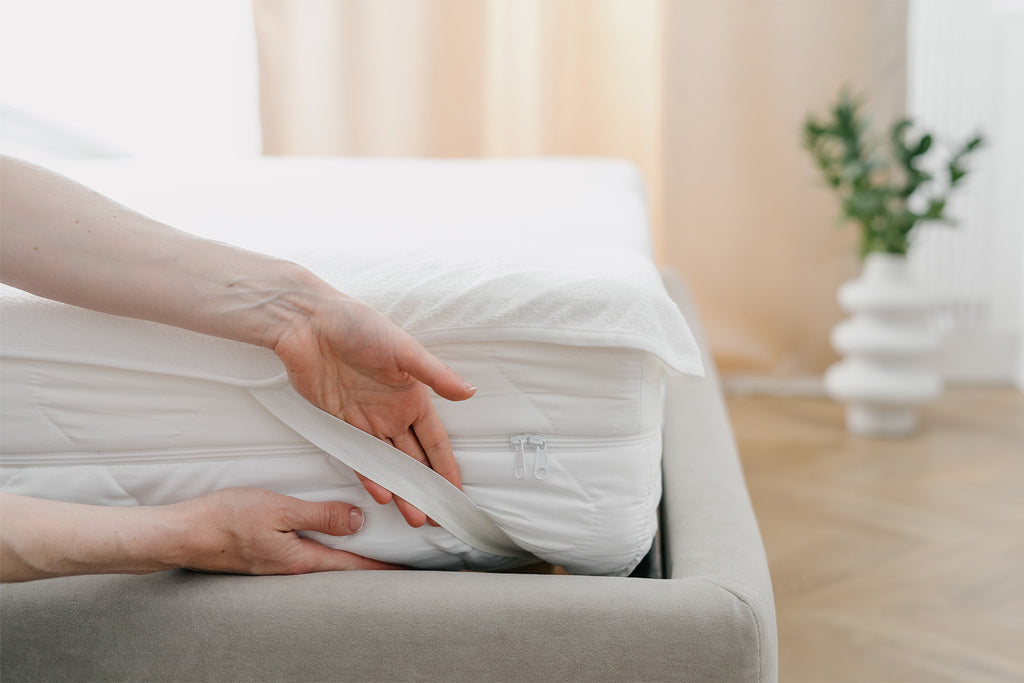








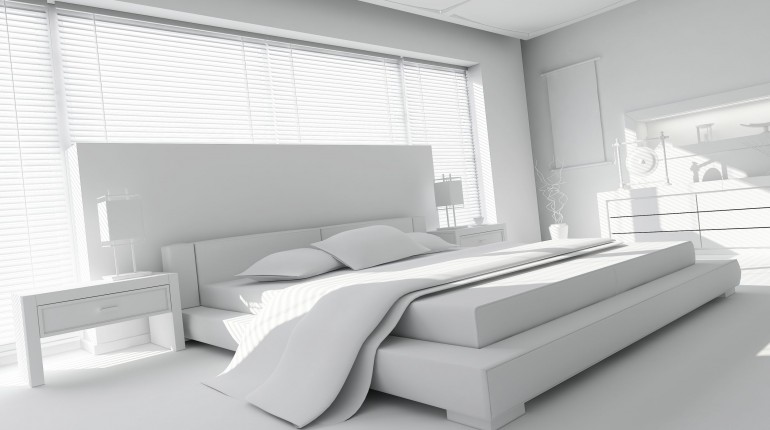


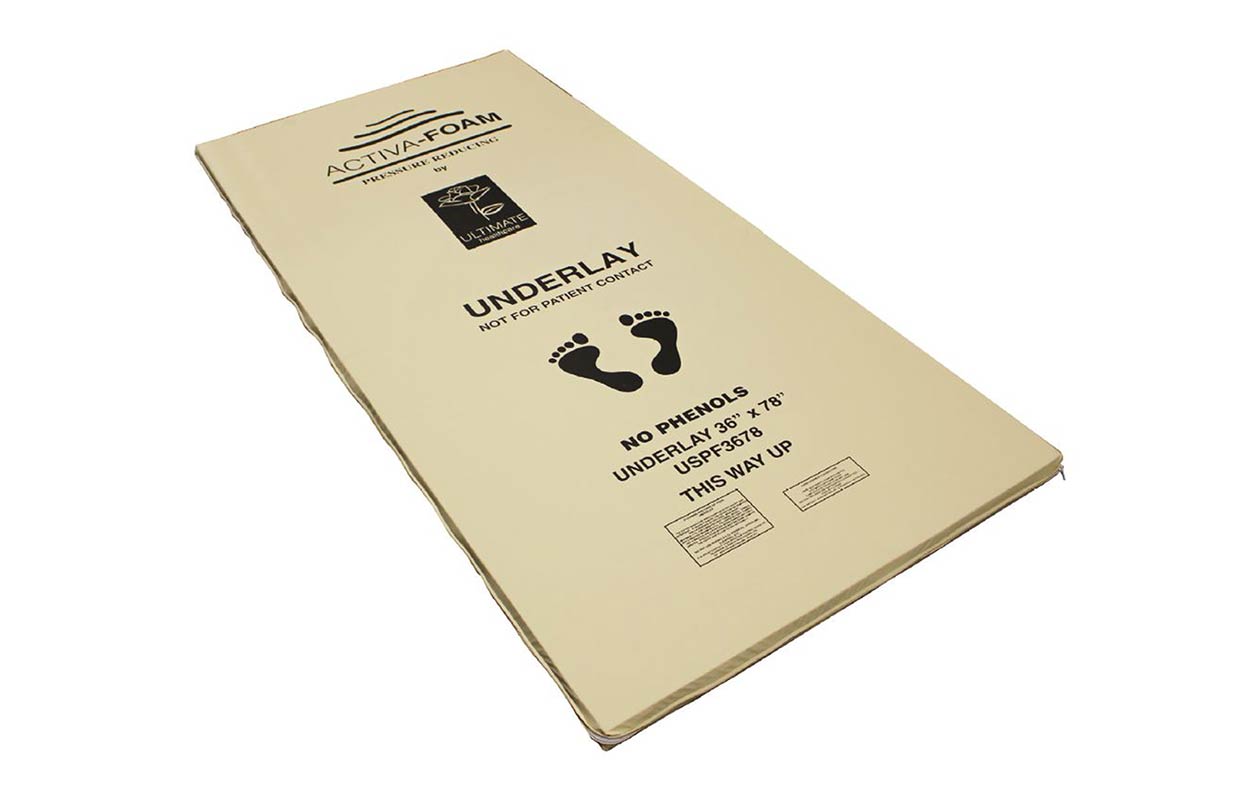





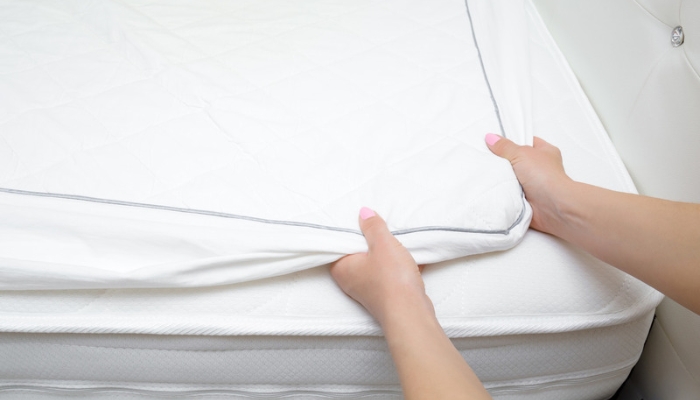


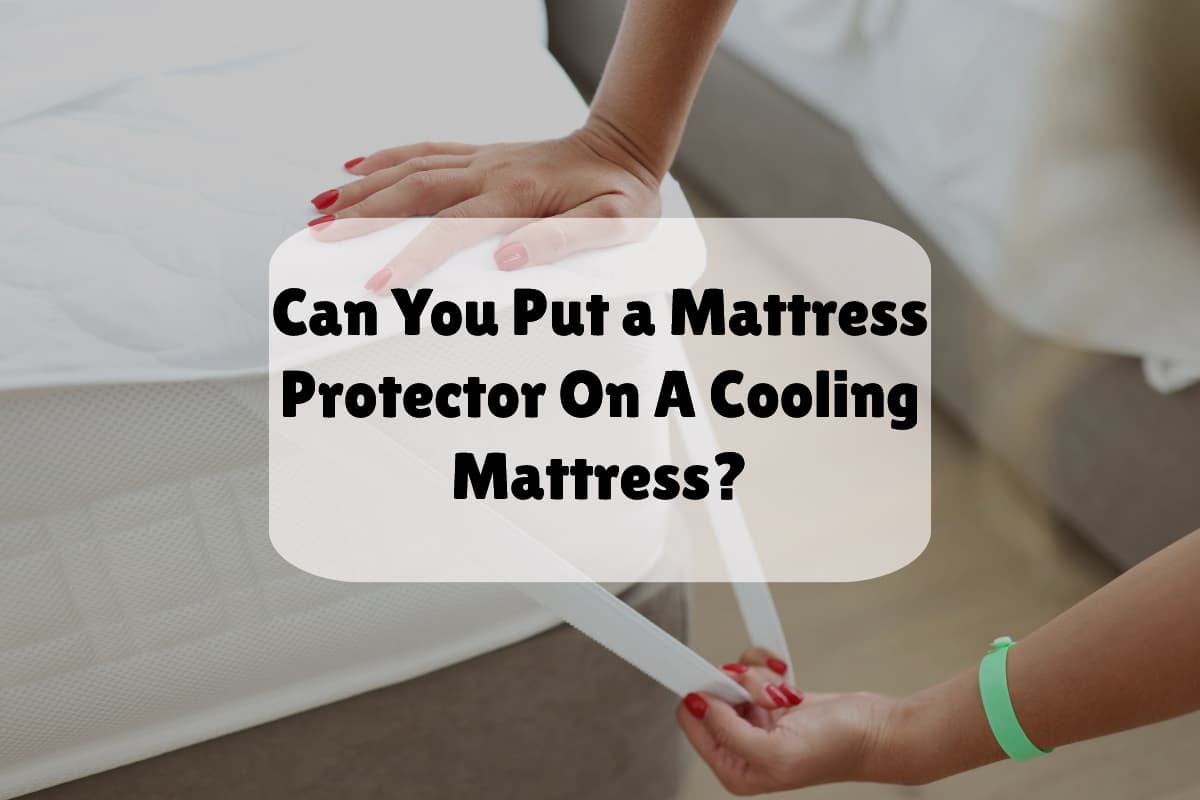











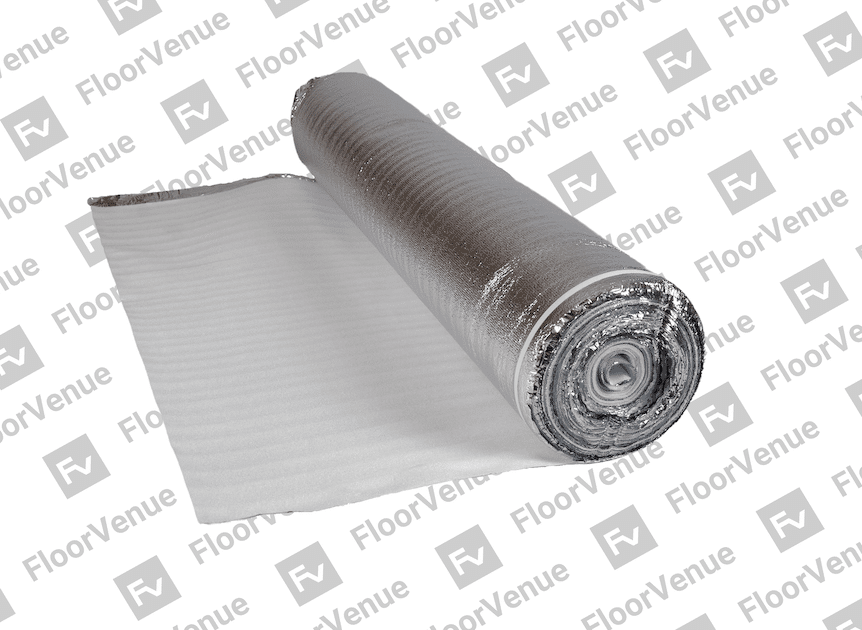

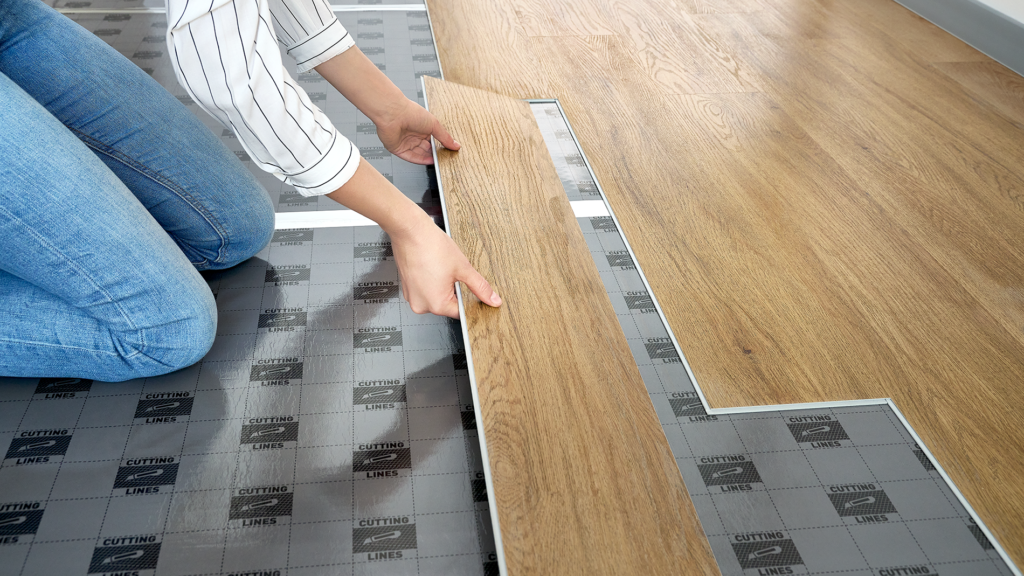

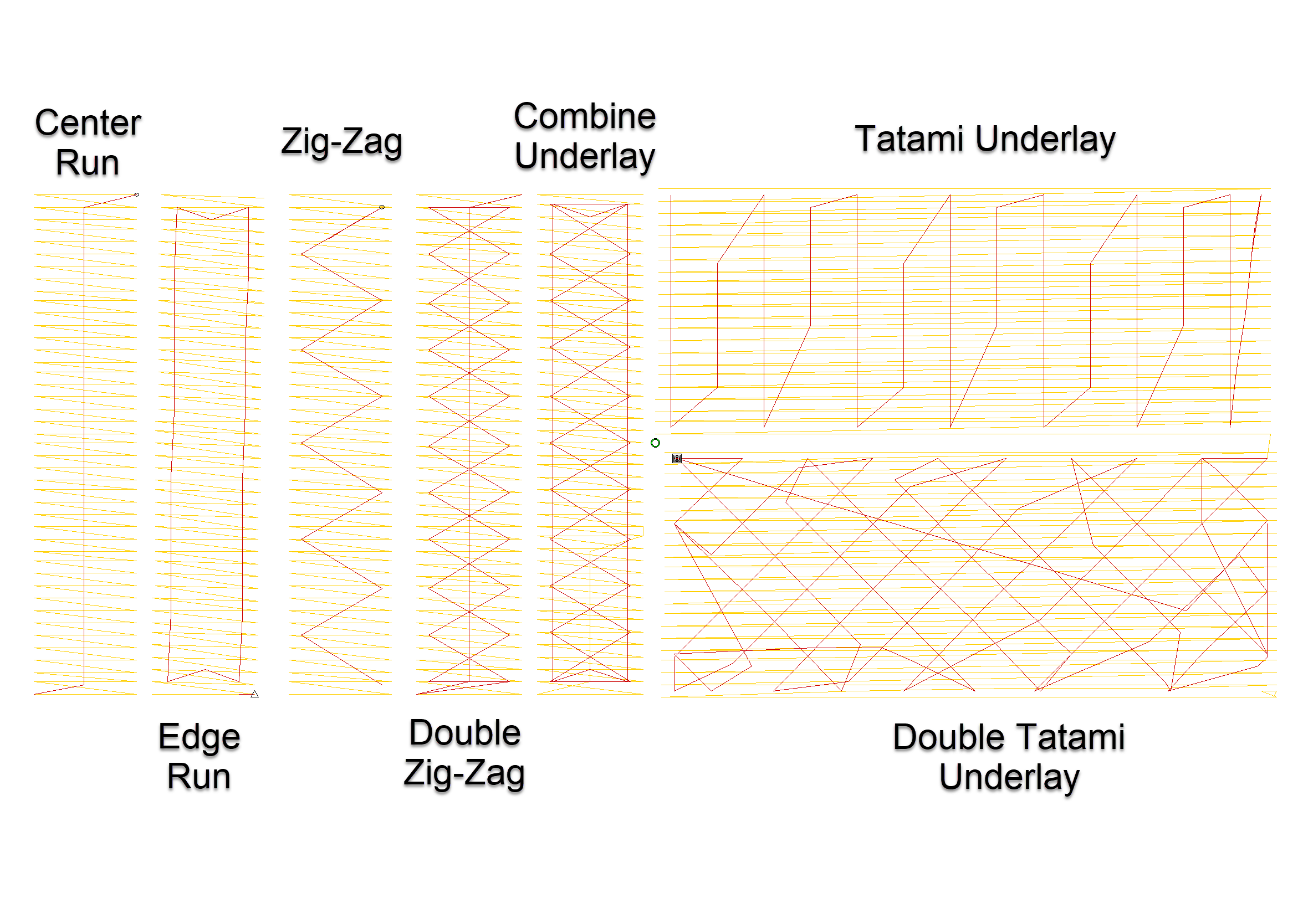

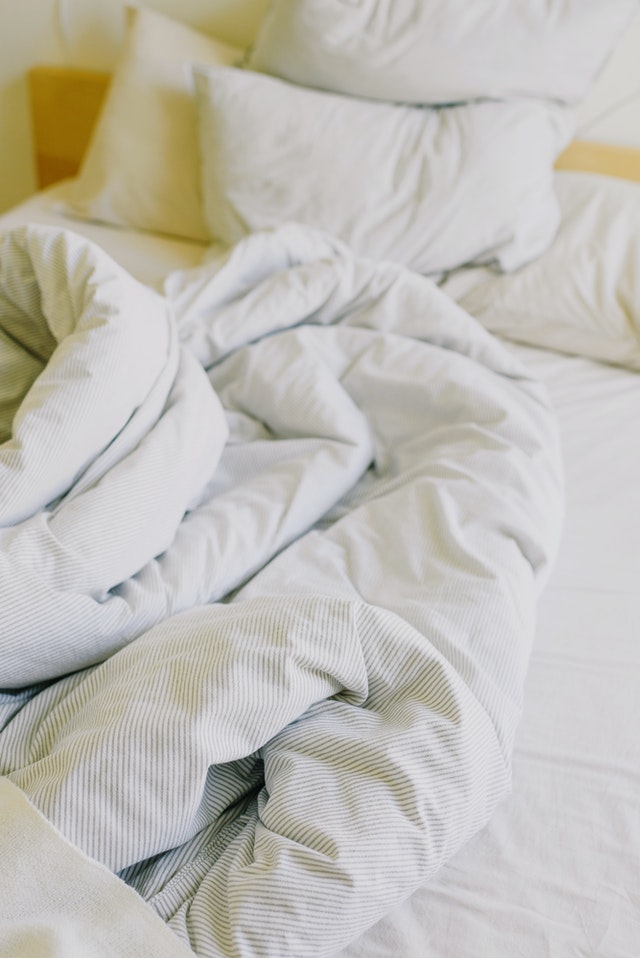


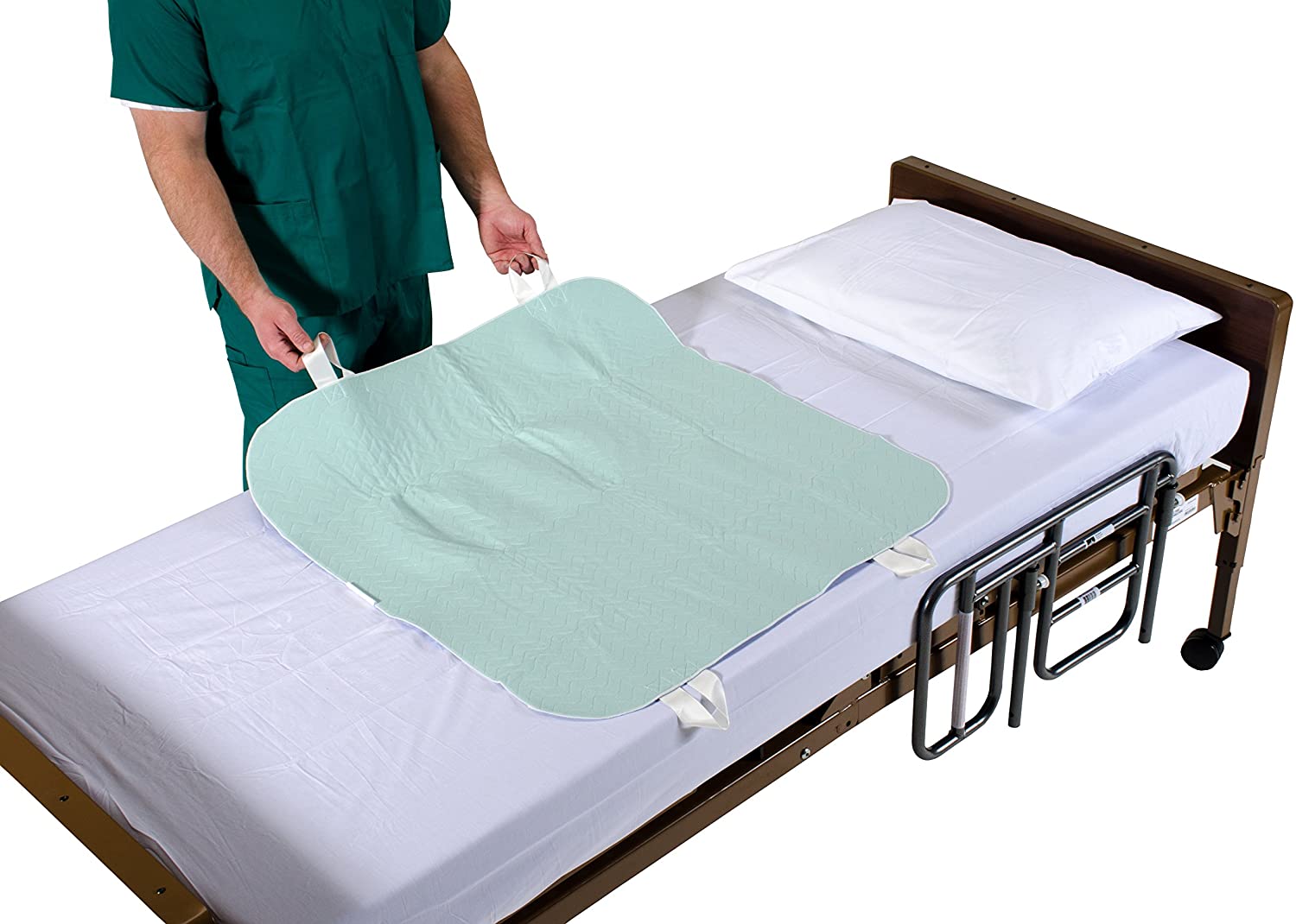

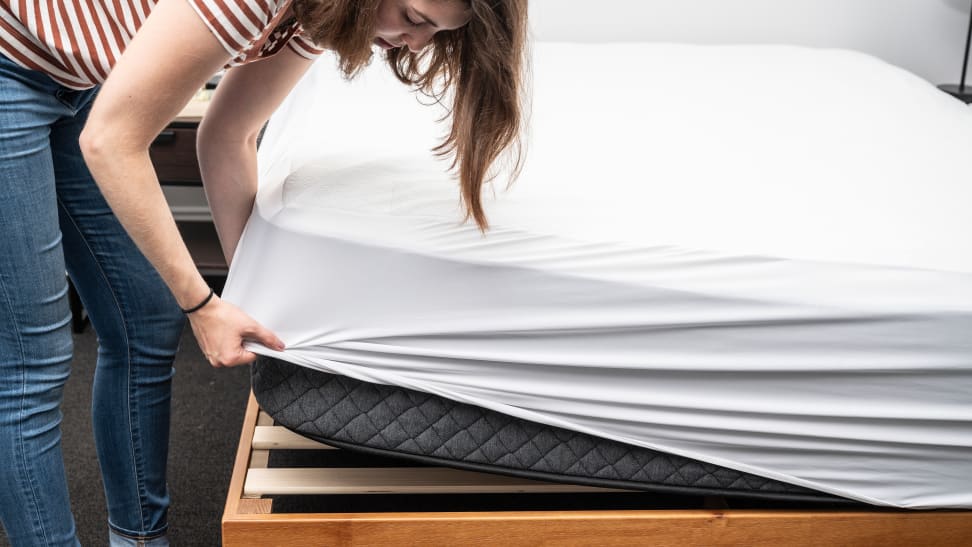
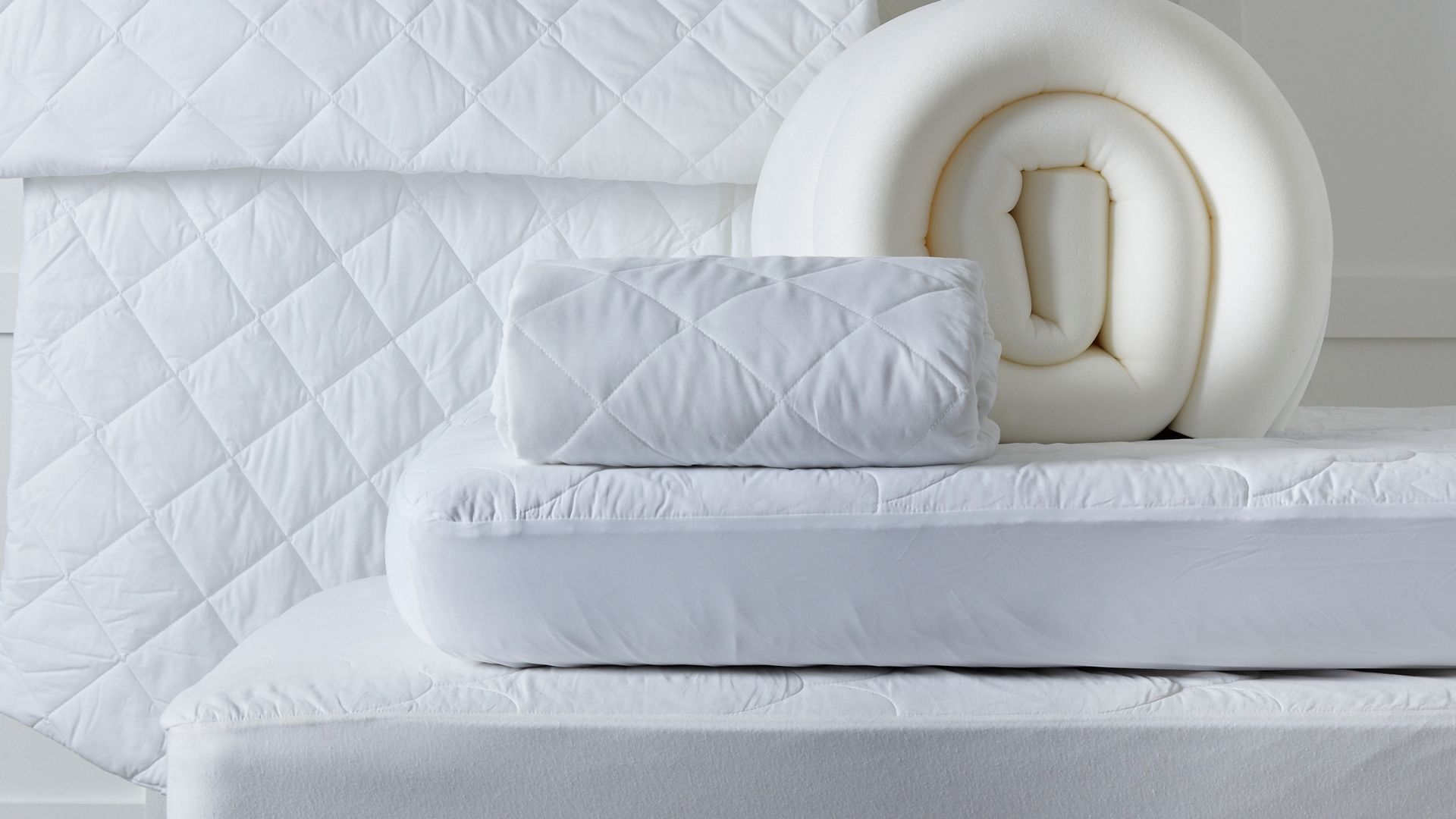

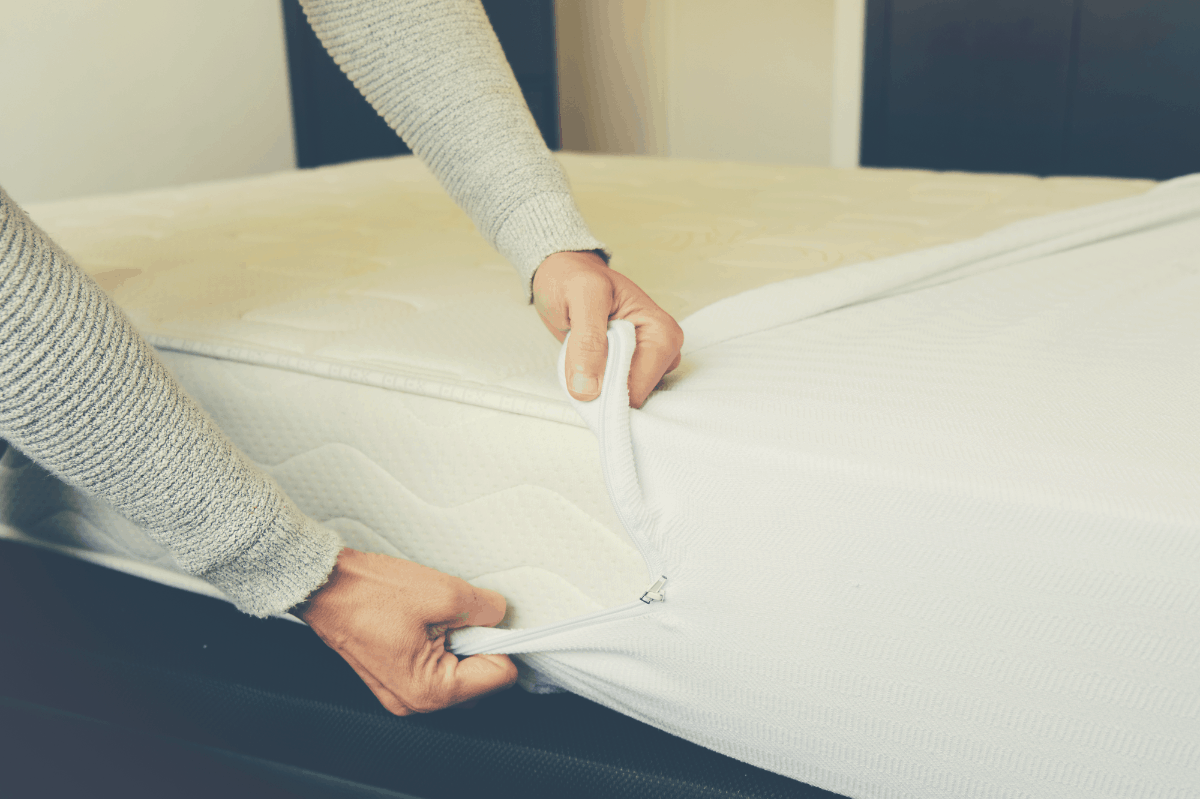




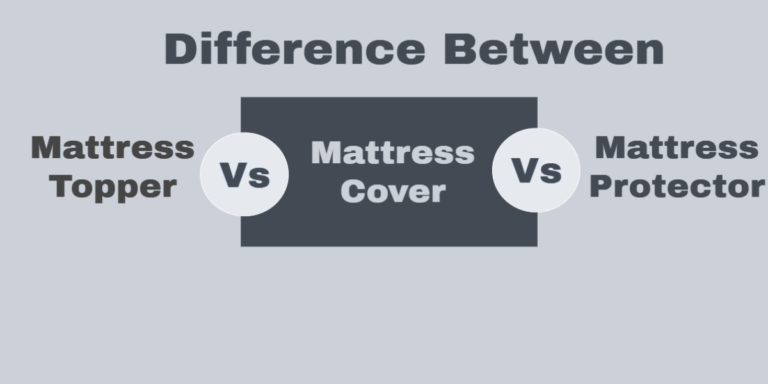




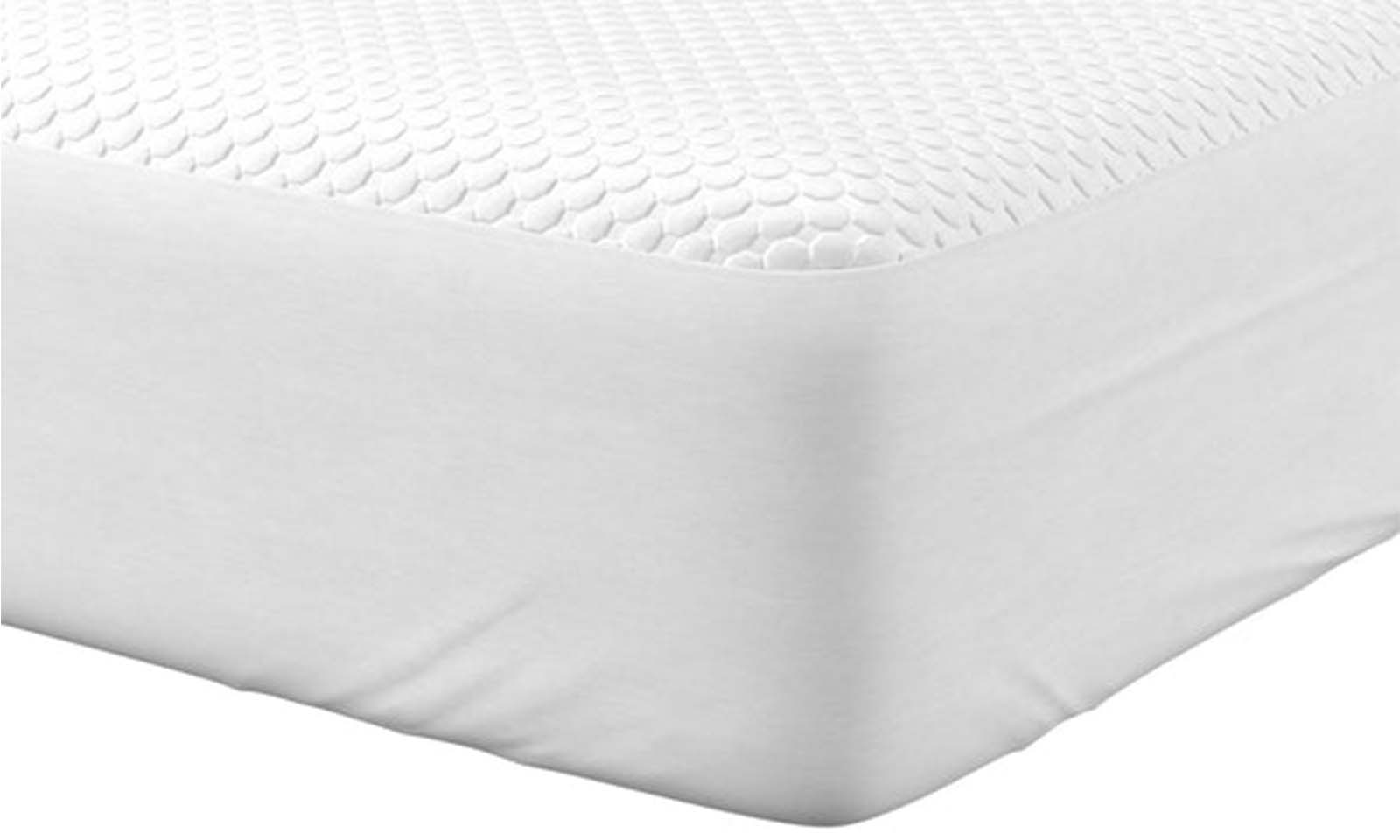

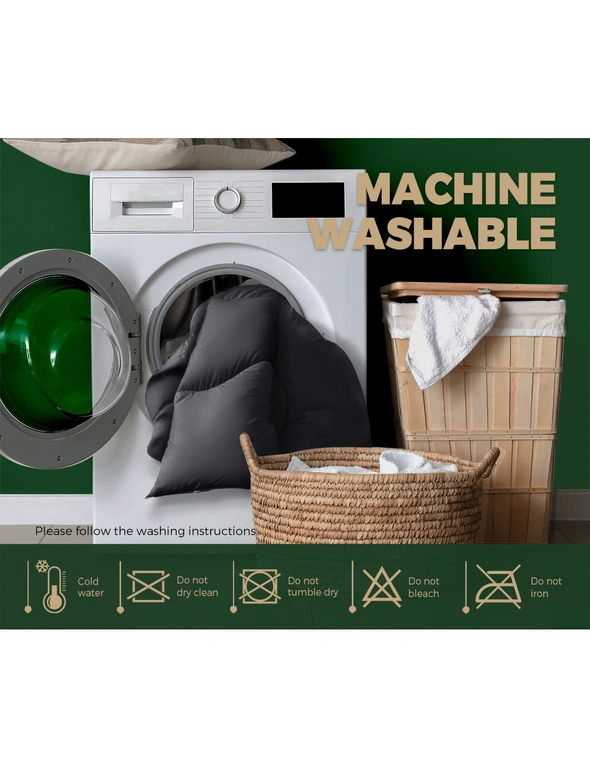

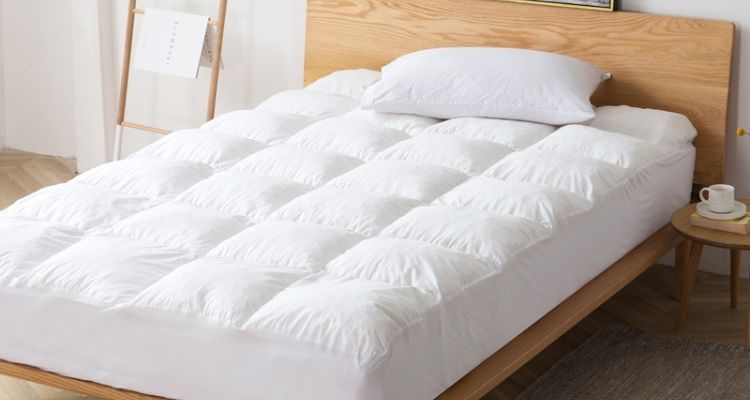



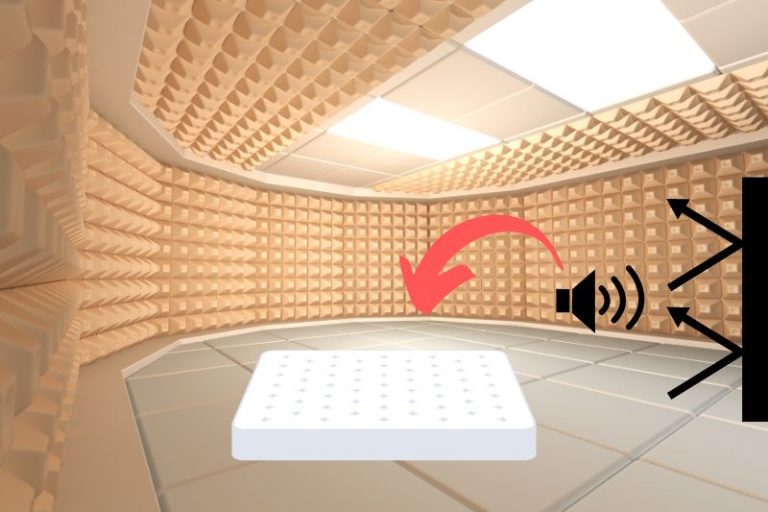


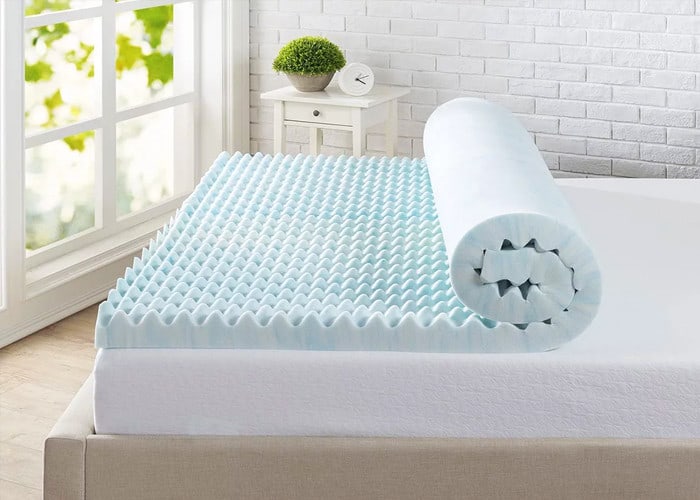
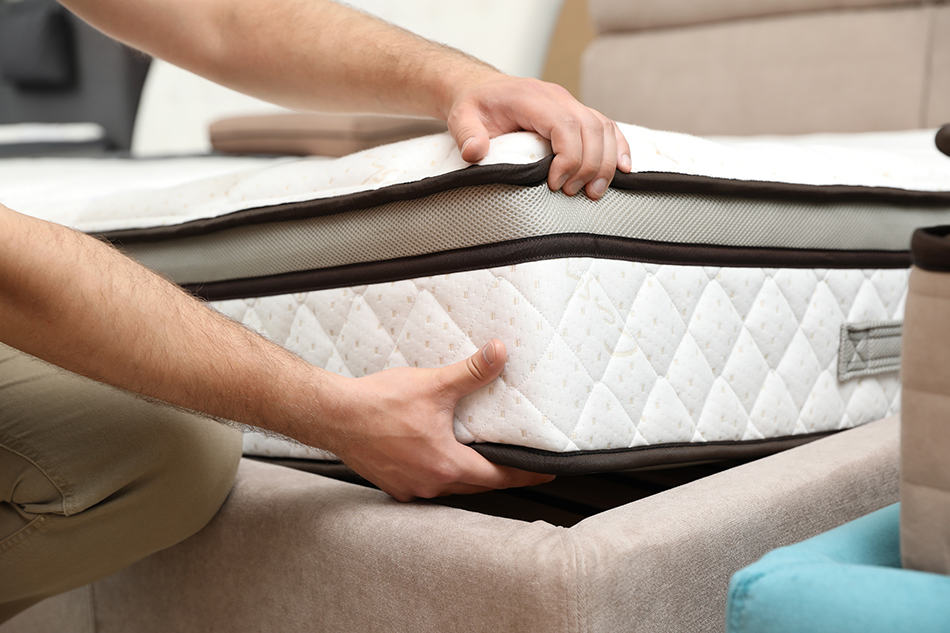
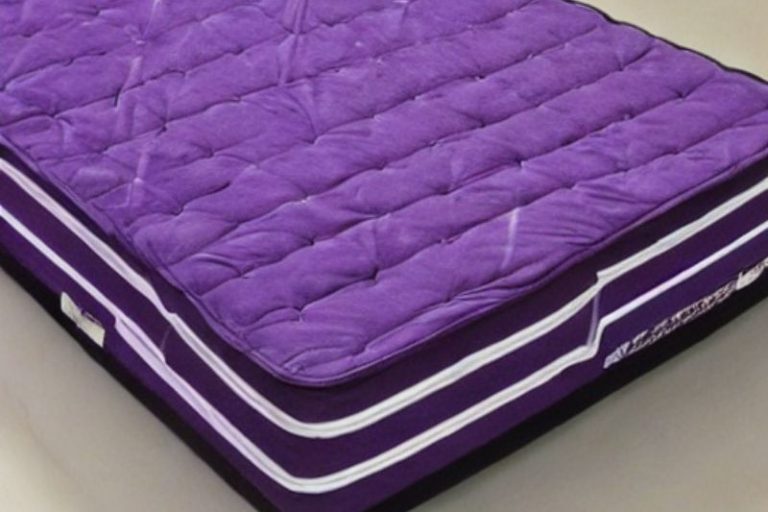

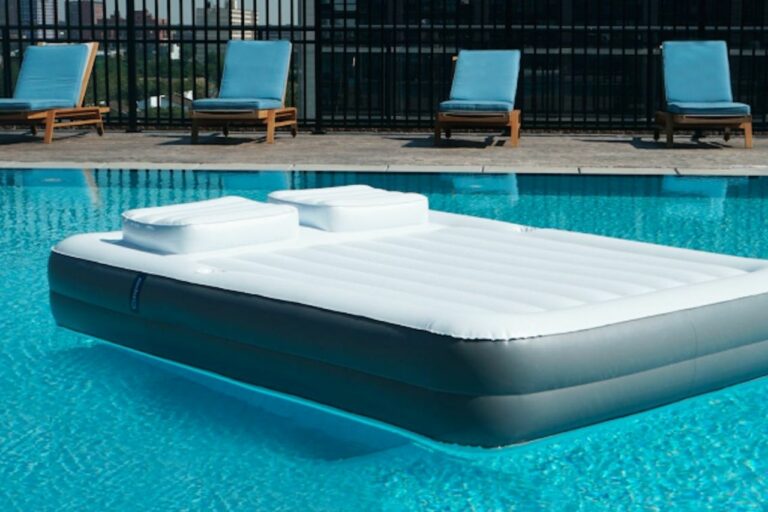

/GettyImages-183812306-56a4e8855f9b58b7d0d9d750.jpg)

